Objectives of the service

Modern power systems face two critical challenges: grid operators cannot fully utilize existing transmission capacity under conservative static line rating approaches, and renewable energy producers face financial penalties due to inaccurate generation forecasts. GRIDFOR addresses both through a unified Software-as-a-Service platform that delivers hyperlocal weather forecasting data for predictive DLR calculations and production forecasts for solar and wind plant operators. The platform leverages high-resolution satellite Earth Observation data integrated with meteorological models and AI-based downscaling techniques to produce actionable capacity and generation insights in compliance-ready formats.
Users and their needs
Primary users include European TSOs requiring cross-border capacity planning and contingency analysis, DSOs needing operational control and long-term planning capabilities, renewable energy producers (solar/wind plant schedulers) subject to mandatory 15-minute scheduling obligations, and Balance Responsible Parties managing portfolio imbalances. Key needs include span-level capacity forecasts with ≤5% accuracy, hyperlocal weather predictions reducing imbalance costs by 30-60%, SCADA integration capabilities, and regulatory compliance for ENTSO-E market requirements. Target countries include Hungary (pilot), Germany, Spain, Netherlands, and Nordic regions.
Service/ system concept
GRIDFOR delivers two complementary services through a shared EO + AI technology stack:
-
Predictive DLR enabling safe overloads without sensor deployment, supporting maintenance scheduling and congestion management, and
-
Compliance-grade renewable forecasting providing hyperlocal wind/solar predictions for 15-minute settlement periods.
The system architecture centers on a Hyperlocal Weather Predictor that downscales coarse meteorological forecasts using satellite-derived terrain models and terrain-aware AI models. Core components include Grid Topology Connector, Capacity Calculator/Predictor modules, and SCADA Integration Layer providing API connectivity to existing operational systems.
Space Added Value
GRIDFOR leverages multiple ESA satellite assets alongside commercial sources: ESA's Copernicus Sentinel-1 SAR for all-weather change detection and vegetation monitoring, Sentinel-2 MSI for surface classification and terrain analysis, and Sentinel-3 SLSTR for atmospheric thermal validation. Commercial Pléiades/Pléiades Neo provide high-resolution (0.3-0.5m) terrain modeling. This ESA-enabled EO architecture provides national-scale coverage without proportional hardware costs, eliminates dependence on expensive conductor-mounted sensors while maintaining operational accuracy, enables span-level analysis impossible with point-sensor approaches, and supports predictive capabilities beyond real-time sensing limitations. The space-enabled approach offers unique advantages in terrain-aware forecast downscaling and scalable infrastructure-independent deployment.
Current Status
Successfully completed ESA Kick-Start activity with comprehensive user engagement including workshops with Hungarian TSO (MAVIR), DSOs (E.ON, ELMŰ), and meteorological services (HungaroMet). Validated technical feasibility with core components at TRL1-2 and clear roadmap to operational deployment. Completed market analysis demonstrating financial sustainability achievable in Year 4. Secured pilot commitments from early adopters and defined system architecture with 20+ core service requirements. Currently preparing ESA Demonstration Project application for TRL advancement funding to support large-scale pilot integration and operational validation.



